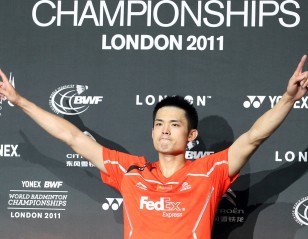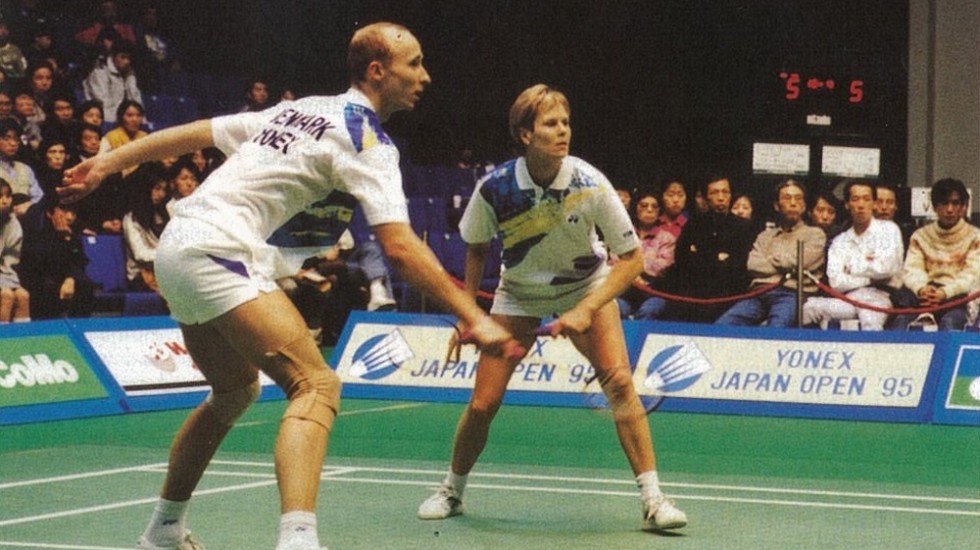
‘The Physical Level Has Gone Up’
In part two of the interview with Thomas Lund, mixed doubles winner at the World Championships in 1993 and 1995, he talks about the evolution of the game since the 1990s.
(Read part one here: Memories of Lausanne 1995)

You won the mixed doubles in Lausanne but yet you chose to drop the event and play men’s doubles instead…
(Sighs) I think it was… I mean, I had to choose one, right? You can always look back and say why did you choose men’s doubles… I obviously had been playing with Jon (Holst Christensen) for a long time and we had an interesting long run. I think we had done quite well, with a couple of silvers at the World Championships and won lots of tournaments. Maybe it was a big stupid, but you could say it was tickling us that the competitive level in men’s doubles was slightly higher than in mixed doubles, and we felt we needed to see how far we could go there.
But considering that you had dominated in mixed doubles…
Yes, still chose to go for that. It kind of felt… unfulfilled thing that we needed to do in men’s doubles. Having won various titles, in a more competitive category, we felt there was something we had to prove as we were runners-up twice.
So after winning the mixed doubles gold in Lausanne, you stopped playing that category?
Well, I played only men’s doubles leading up to the 1996 Olympics.
At the press conference after winning the mixed doubles gold, your partner and now wife Marlene Thomsen suggested she would consider your proposal if you went down on your knees?
(Laughs) Great tournament, huh?
Technically, how has the game changed in doubles?
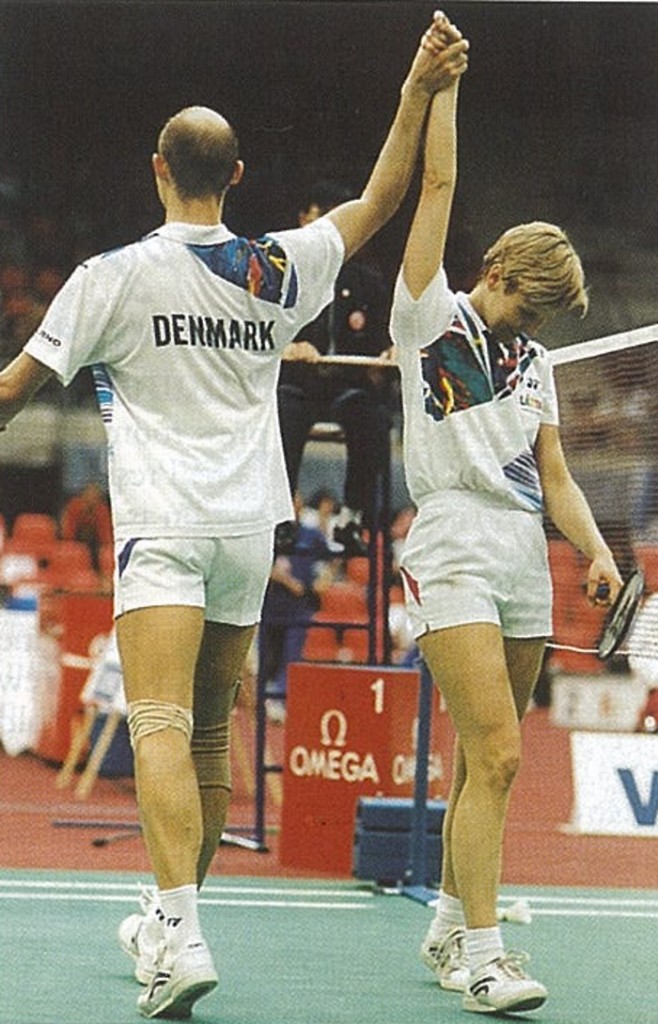
I think over time we’ve seen there are different styles. The physical level has come up, which means whether it’s men’s doubles, women’s doubles or mixed doubles, the ability to play very offensive and powerful, (but) you still see defensive pairs in men’s doubles. So I think there’s a lot of the same styles, but everything in terms of the physical level, power, strength and so on has gone up, which has influenced the speed and the way the game is played, no doubt about it.
Did you have the same support systems in those days, with the physios and sports science?
Within those areas, that changed a lot in the 1990s. We had fairly good support systems, but we all learn. The more professional systems started to evolve a lot from around the 1990s. This was also connected to it becoming an Olympic sport. There was more support from national sport systems, not only the badminton federations. More money started coming in. We had physios, we had the most modern facilities for testing, medical, and so on, but it’s different from today, because it’s over 20 years ago. It’s better today, probably, but I wouldn’t say it wasn’t there. Badminton wasn’t behind significantly compared to other sports.
So it wasn’t a lack of medical knowledge that led to the injuries?
No, I wouldn’t say that. My legs were just not built in the way it was ideal. I’d struggled with knee injuries since I was 11 years old, even before I thought of becoming a professional badminton player. I had some weaknesses around my knees, which then influenced other injuries. So it wasn’t the training or the medical system that was responsible.
Clearly at that time, if you compare the generations, in the 1980s it started to become more professional, people training full-time. If you went back to the 1970s, people weren’t training full-time. That changed dramatically. When people start training more, injury risks also go up. So that meant that within badminton you accumulate knowledge of what to do and what not to do. A lot of knowledge was built during that period.
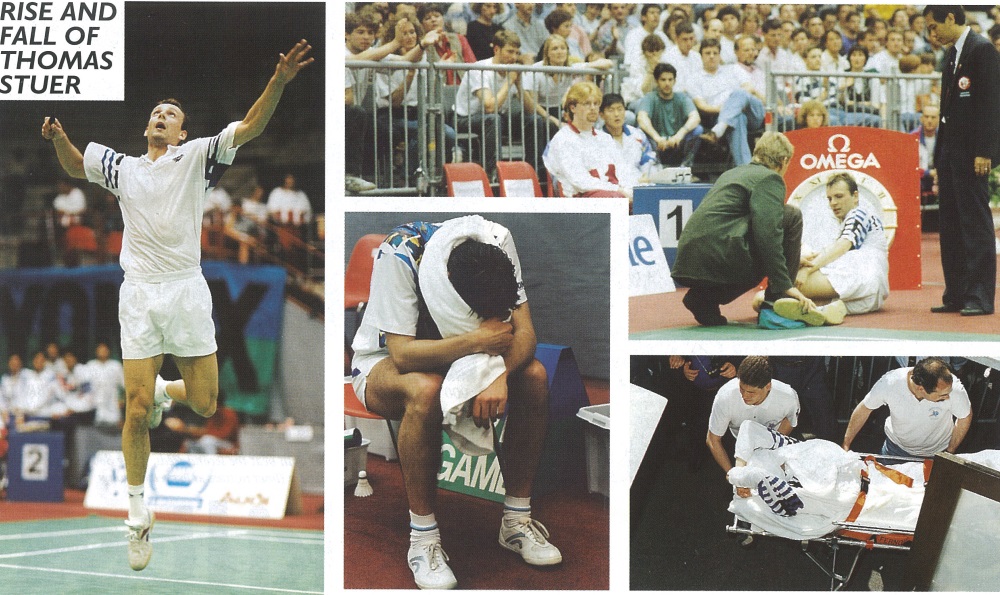
There were sports that were ahead of badminton. At that time, there were not that many. Of course we learnt from others, but it was also by experiment and by pushing the borders. Players today also push the borders, but they do it based on a better knowledge platform, they listen to their coaches and advisors. Some push the bar and get better, but some make mistakes, like playing too many tournaments, putting on too much pressure, that kind of stuff.
Did the 1990s set the stage in terms of television coverage?
Definitely, there were loads of things that were changing. Obviously, the fact that badminton became an Olympic sport in 1992, being on the test programme in 1988. In 1992, it changed a lot, which also today shows how important our Olympic status is. It’s not only about the expectations about how to do things, but you also get support. Not only from the IOC, but the sports federations and governments. They have a higher focus. That’s where they dedicate most of their resources. For the national systems, they get a lot of support, so it is important for training, service for the players, host tournaments and so on. That gave us a platform to grow.
World Championships News
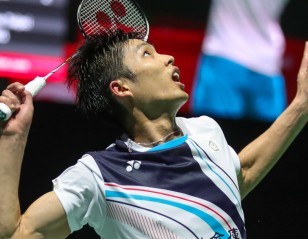
Lessons Learnt, Parting Perspectives 14 September 2019
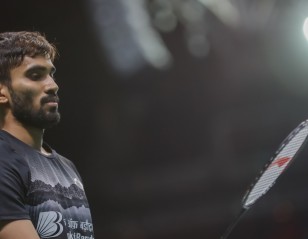
Kidambi Srikanth – A Search for Form 13 September 2019
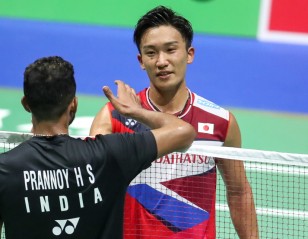
Momota, in the Eyes of his Opponents 12 September 2019
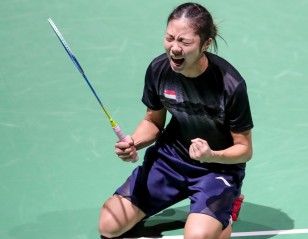
Recap: Upsets at the World Championships 10 September 2019
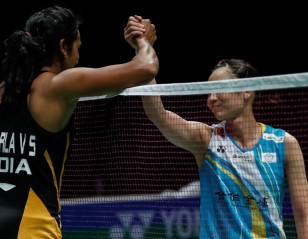
Recap: Memorable Matches of the World Championships 8 September 2019
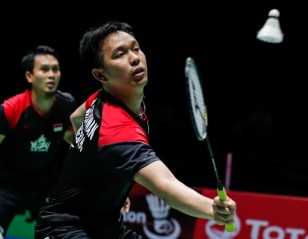
Highlights of the World Championships 7 September 2019
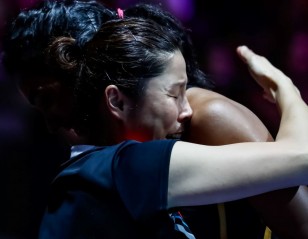
Played ‘Two’ Perfection – Basel 2019 4 September 2019
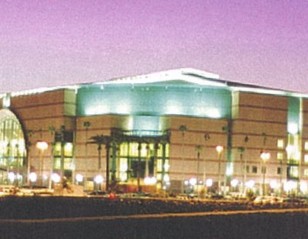
Badminton, Ice Hockey and the World Championships 4 September 2019

Three-Event Titan – 25th Edition World C’ships 3 September 2019

Legends of ’77 – 25th Edition World C’Ships 31 August 2019
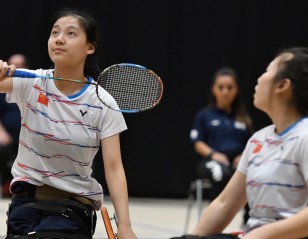
Para Badminton Event Comes to a Close – Basel 2019 27 August 2019
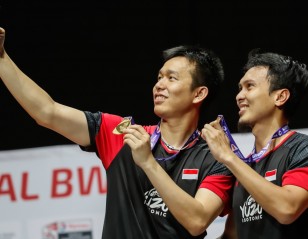
Wristy Trickery Wins the Day – Basel 2019 26 August 2019
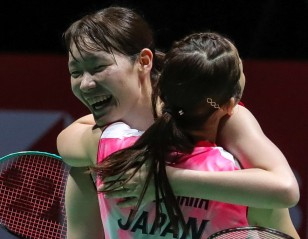
Great Comeback Falls Short – Basel 2019 26 August 2019
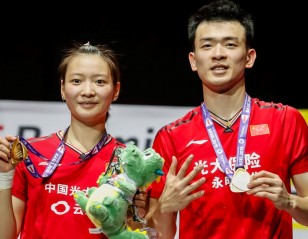
Mixed Doubles ‘Great Wall’ Intact – Basel 2019 26 August 2019
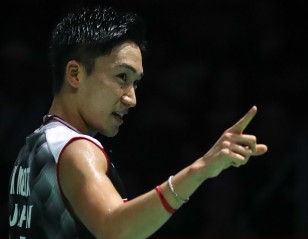
Antonsen Bows to Momota’s Class – Basel 2019 25 August 2019
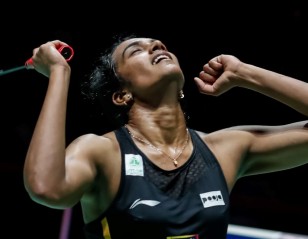
Gold – At Last! – Basel 2019 25 August 2019
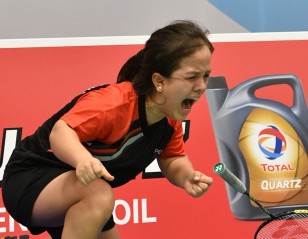
Poveda Makes It a First for Peru – Basel 2019 25 August 2019

Legend Who Broke Records and Paved the Way for Future Stars –... 25 August 2019

Ray’s a Real Sport – 25th Edition World C’Ships 25 August 2019
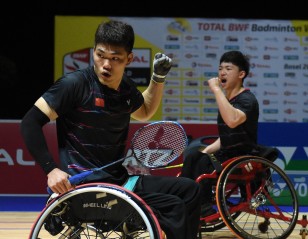
China Take Two Gold – Basel 2019 25 August 2019
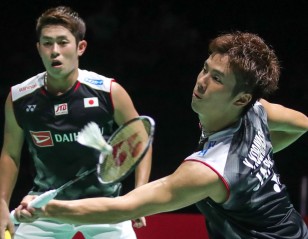
‘Upsetting’ Night for China – Basel 2019 24 August 2019
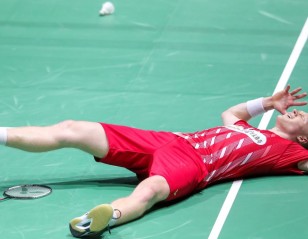
Antonsen’s ‘Insane’ Dream – Basel 2019 24 August 2019
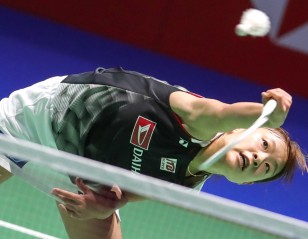
Glasgow ’17 on the Cards – Basel 2019 24 August 2019
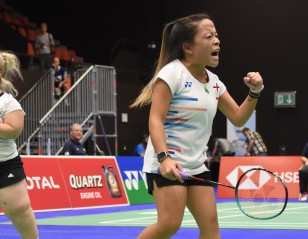
Five Down, Seventeen to Go – Basel 2019 24 August 2019
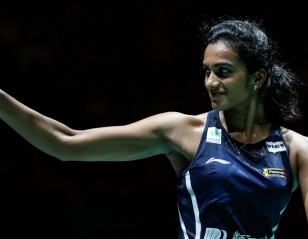
Sindhu Assures Herself: Tomorrow Will Be Different 24 August 2019
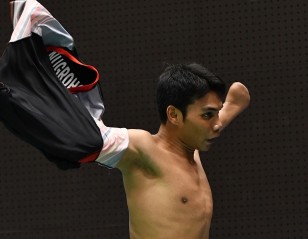
Para Badminton Athletes Turn It Up a Notch – Basel 2019 24 August 2019
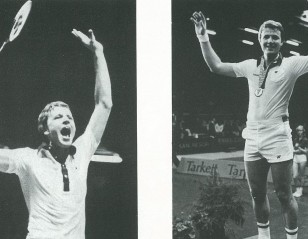
Flaming Dane Set Courts Aglow – 25th Edition World C’Ships 24 August 2019
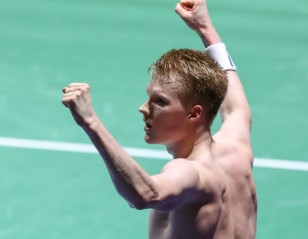
Antonsen Delivers for Europe – Basel 2019 23 August 2019
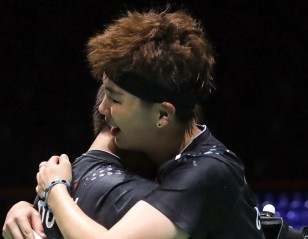
Du/Li Stand Tall After 2-Hour Epic – Basel 2019 23 August 2019
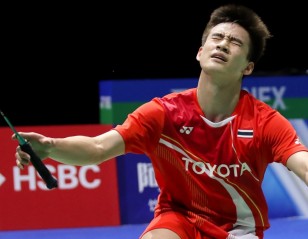
Kantaphon Leads Thailand’s Record Haul – Basel 2019 23 August 2019
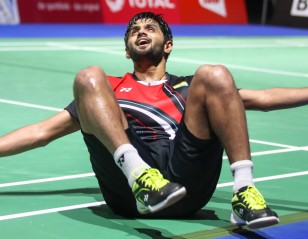
Sensational Session for India – Basel 2019 23 August 2019
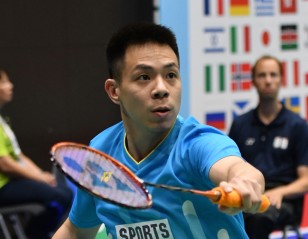
Tall Order for Standing Men – Basel 2019 23 August 2019
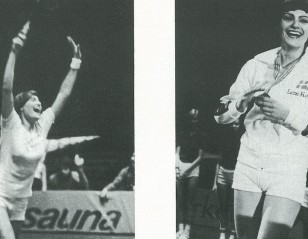
Crowd Pleasing Superstar – 25th Edition World C’Ships 23 August 2019

Teenage Shuttler Meets His Idol – Basel 2019 23 August 2019
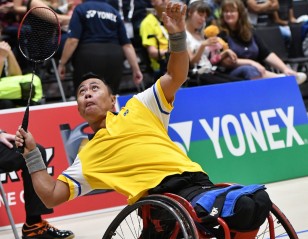
Wheelchair Top Seed Toppled – Basel 2019 23 August 2019
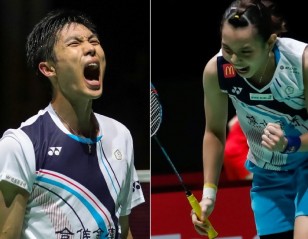
‘Two’ Much Trouble! – Basel 2019 22 August 2019
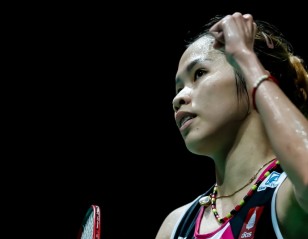
Intanon Survives Scare – Basel 2019 22 August 2019
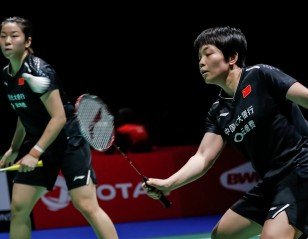
BWF Statement – TOTAL BWF World Championships 2019 22 August 2019
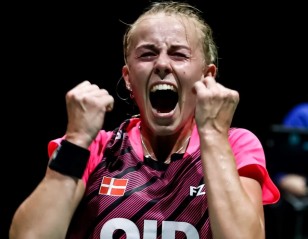
Belated Birthday Blitz! – Basel 2019 22 August 2019
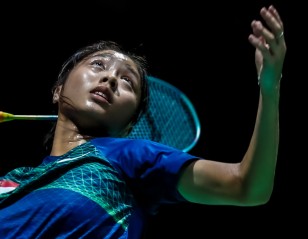
Back Problem Doesn’t Stall Jia Min – Basel 2019 22 August 2019
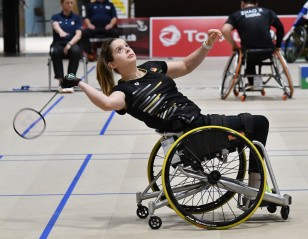
Girl Power – Basel 2019 22 August 2019
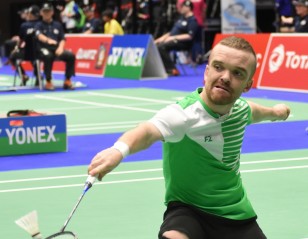
Group Rounds Move into Main Draw – Basel 2019 22 August 2019
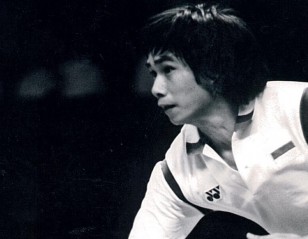
Lessons from the Seventies – 25th Edition World C’Ships 22 August 2019
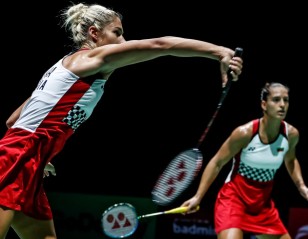
Women Getting in Gear – Basel 2019 21 August 2019
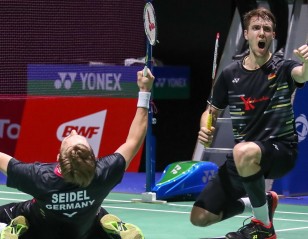
German Shock for Fifth Seeds – Basel 2019 21 August 2019
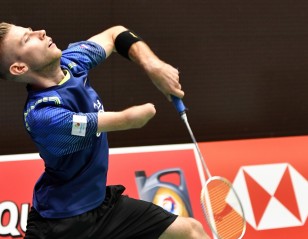
I Feel at Home says Mroz – Basel 2019 21 August 2019
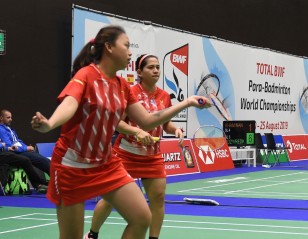
The Power of the Mind – Basel 2019 21 August 2019
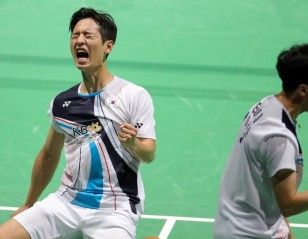
Minions Crash Land at Worlds Yet Again – Basel 2019 21 August 2019
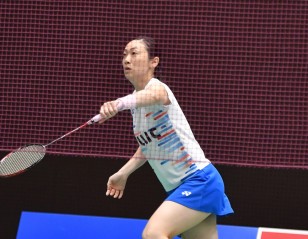
Suzuki Banks on Experience Over Age – Basel 2019 21 August 2019
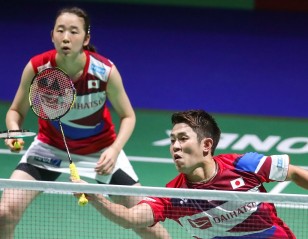
Nagahara ‘Mixing It Up’ – Basel 2019 20 August 2019
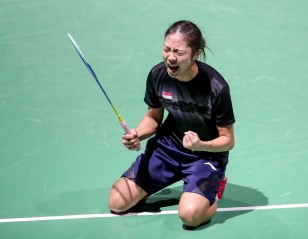
Jia Min Ousts Top Seed – Basel 2019 20 August 2019
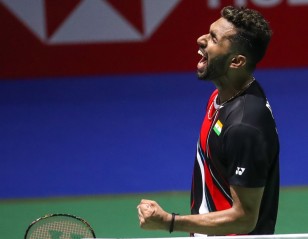
Lin’s Challenge Sputters Out – Basel 2019 20 August 2019
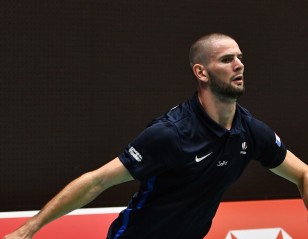
Mazur On Track to Retain Crown – Basel 2019 20 August 2019
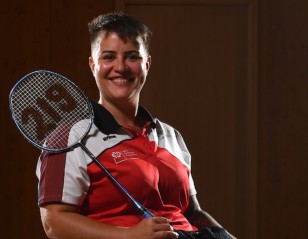
Trading One Set of Wheels for Another 20 August 2019
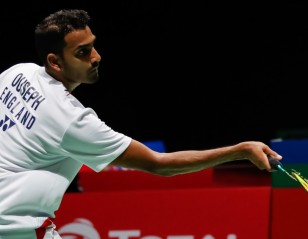
Ouseph Exits Stage, Bids Goodbye – Basel 2019 19 August 2019
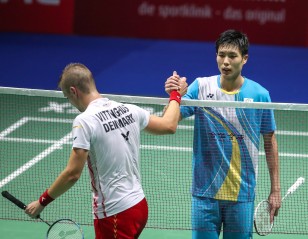
Chou Survives Danish Test – Basel 2019 19 August 2019
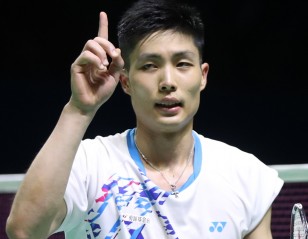
A Title Dedicated to a Battle Against Cancer 19 August 2019

Draw Provides an Even Playing Field for All 18 August 2019
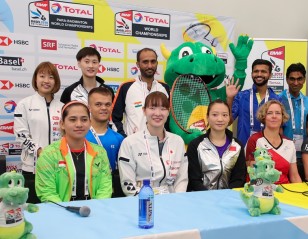
Para-llel Event a Unique Experience for Badminton Fraternity 18 August 2019
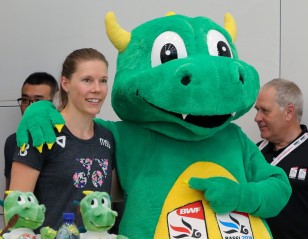
An Occasion to Cherish for Jaquet – Basel 2019 18 August 2019
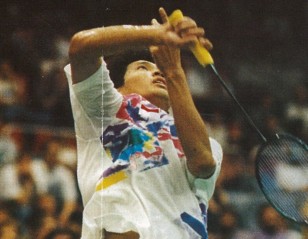
‘100 Watt Smash’ that Lit Up Lausanne – 25th Edition World C’Ships 17 August 2019
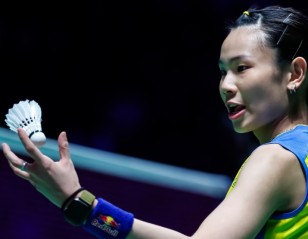
Preview: Worlds of Opportunity 17 August 2019
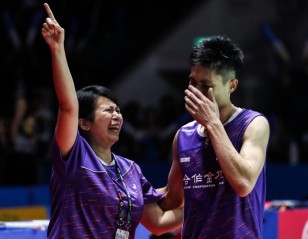
By Chou’s Side 16 August 2019
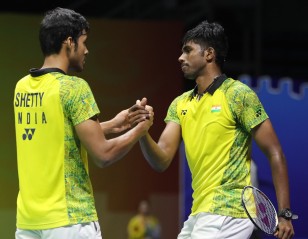
Satwik/Chirag to Miss World Championships 16 August 2019
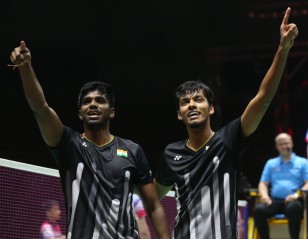
Indian Pair Blazes a Trail 15 August 2019
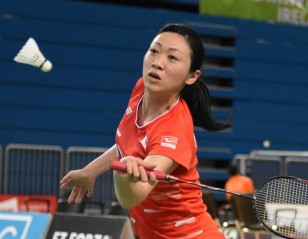
Awesome Threesome of SU5 – Para Badminton World C’Ships 14 August 2019
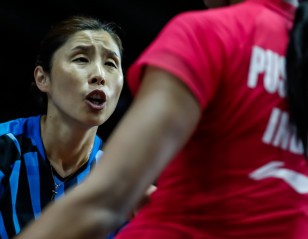
Life Lessons, From Coach Kim Ji Hyun 14 August 2019
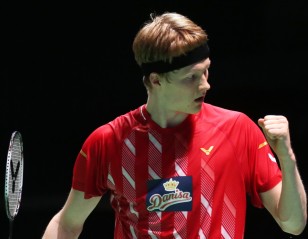
Free of Pressure, Antonsen Senses His Chance 13 August 2019
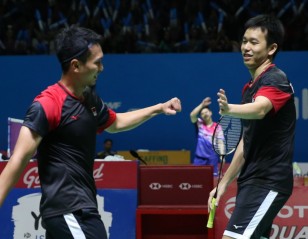
Ahsan/Hendra Play it Cool Despite Hot Form 11 August 2019
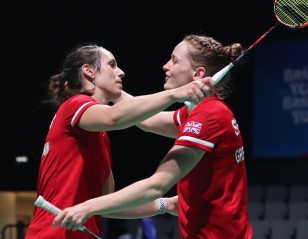
England Duo Anticipate Fruitful Week in Basel 10 August 2019

Women’s Singles Re-Draw – TOTAL BWF World Championships 2019 9 August 2019
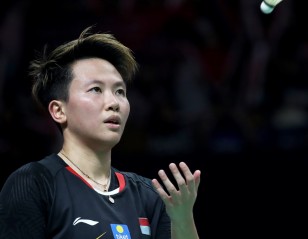
Winny Will Need Support: Liliyana Natsir 8 August 2019
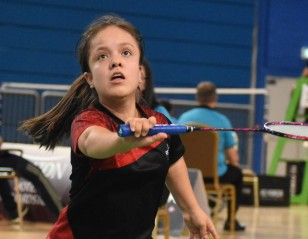
Sports Upbringing Gives Edge to Poveda 7 August 2019

World Championships Draw Released 5 August 2019
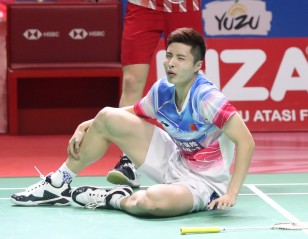
Marin, Shi Join Axelsen on Sidelines 5 August 2019
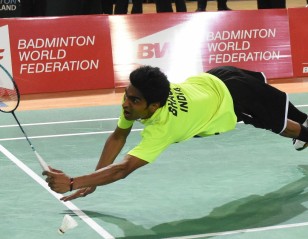
New Para Badminton Chapter Unfolds in Basel 1 August 2019
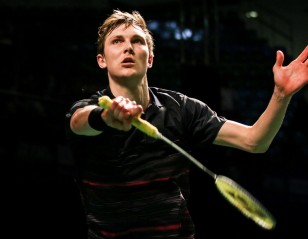
Injured Axelsen Withdraws From World Championships 31 July 2019
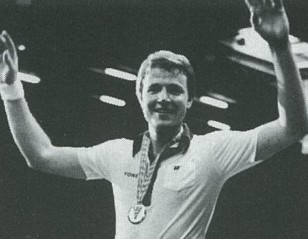
From Malmo to Basel – 25th Edition World C’Ships 30 July 2019
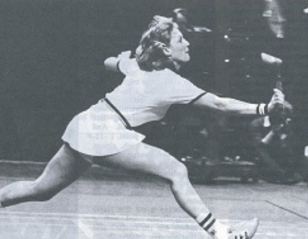
Famous Five and the Good Old Days – 25th Edition World C’Ships 19 July 2019
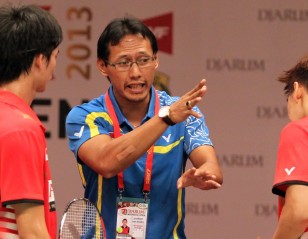
Revisiting a Hero: Sigit Budiarto 11 July 2019
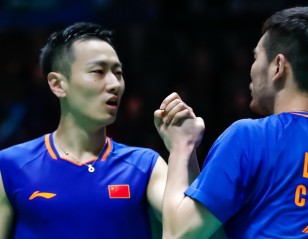
History Beckons Zhang Nan 10 July 2019
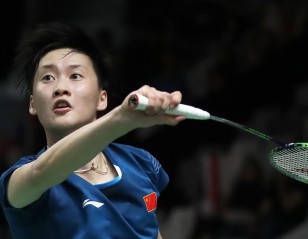
Chen To Lead China’s Charge 9 July 2019
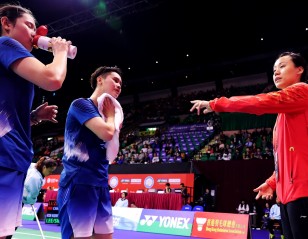
19 Days Left To Register for World Coaching Conference 26 June 2019
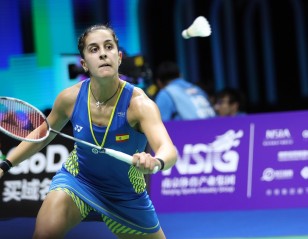
Marin on the Mend and Eyes Return 22 June 2019
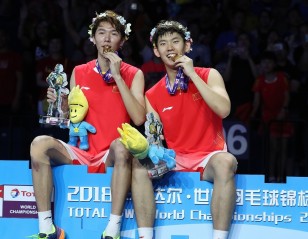
Two Months To Go – World C’Ships Countdown 19 June 2019

Li & Liu – Stepping Up When It Matters 7 June 2019
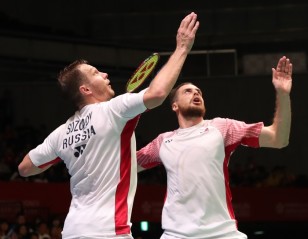
Ivanov & Sozonov Rekindle The Fire 3 June 2019
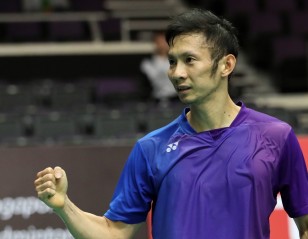
Tien Minh – Veteran Still Chasing His Dreams 2 June 2019
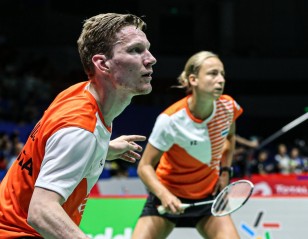
Confidence Boost for Dutch Duo 1 June 2019
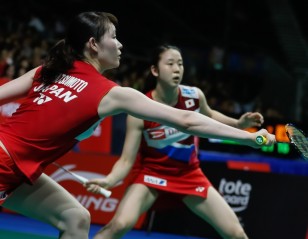
Matsumoto & Nagahara: Rapid Ascent to Pinnacle 8 May 2019
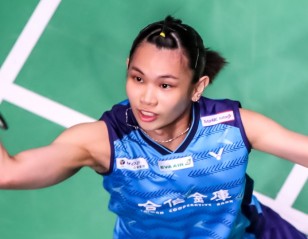
Tai Eases into Top Gear 25 April 2019
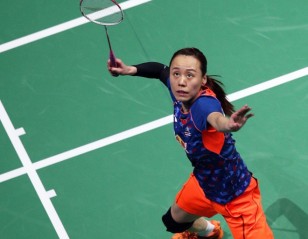
Zhao Yunlei Star Speaker at Coaching Conference 24 April 2019
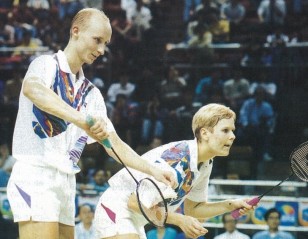
Memories of Lausanne 1995 20 April 2019
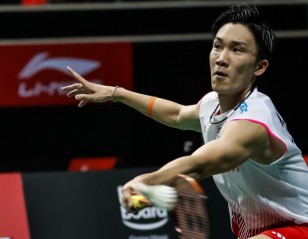
Momota Sets the Pace, but Speedbreakers Lurk 18 April 2019

BWF and Total Celebrate Five Years of Partnership 18 April 2019
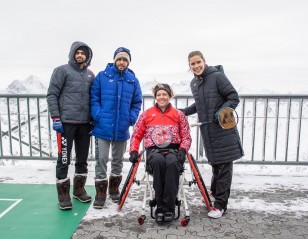
Badminton Thrust into Bright Lights – World C’Ships 13 March 2019

Gold and Glory for Arbi – Throwback ’95 World C’ships 19 February 2019

GoDaddy Extends Major Events Partnership with BWF 11 February 2019
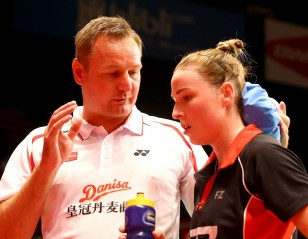
Star speakers assembled for BWF World Coaching Conference 2019 30 January 2019
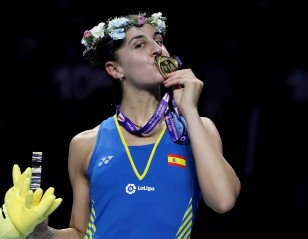
Singles Champions – Down the Ages 20 December 2018
